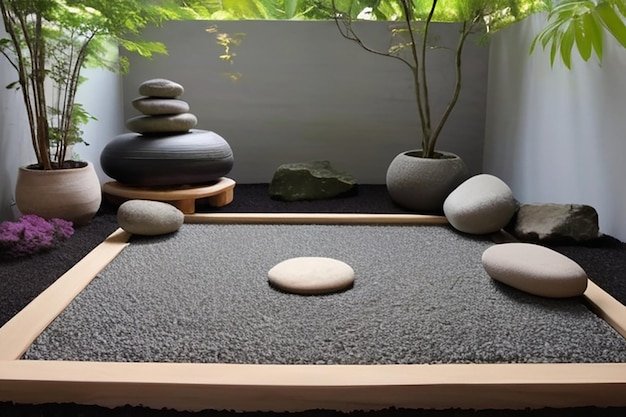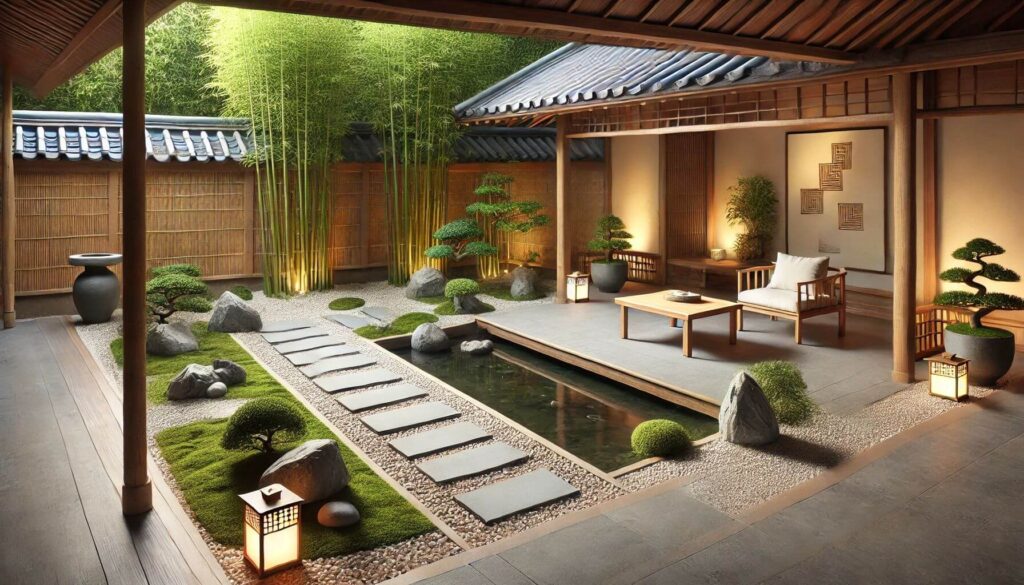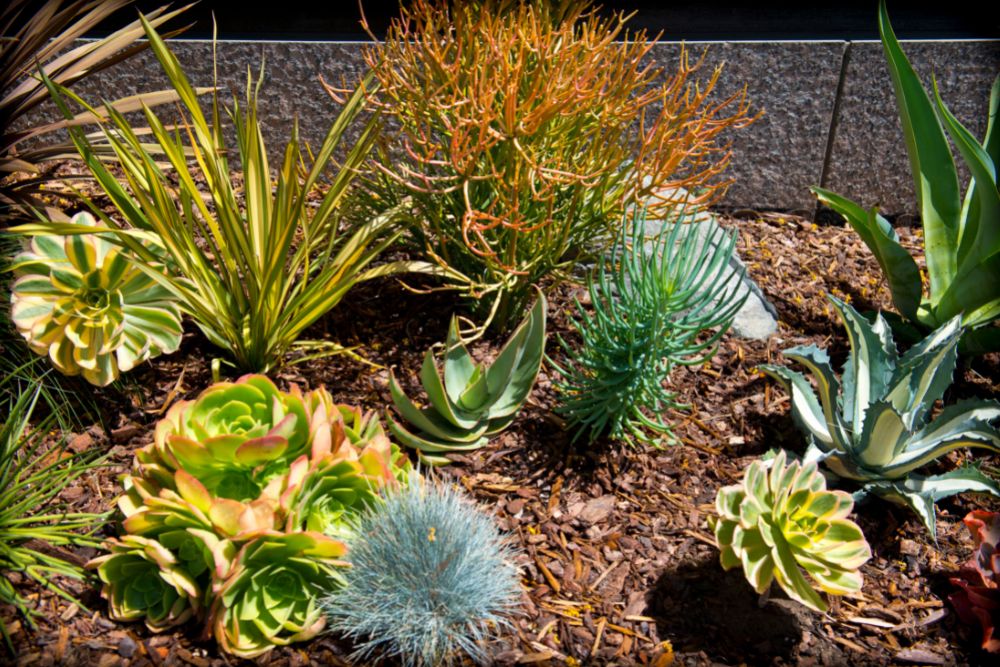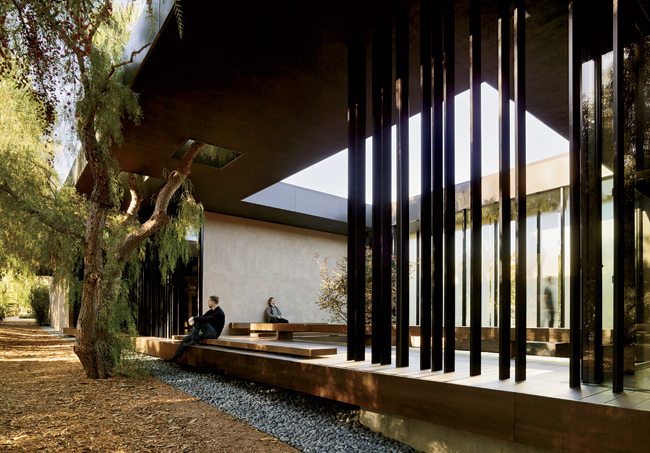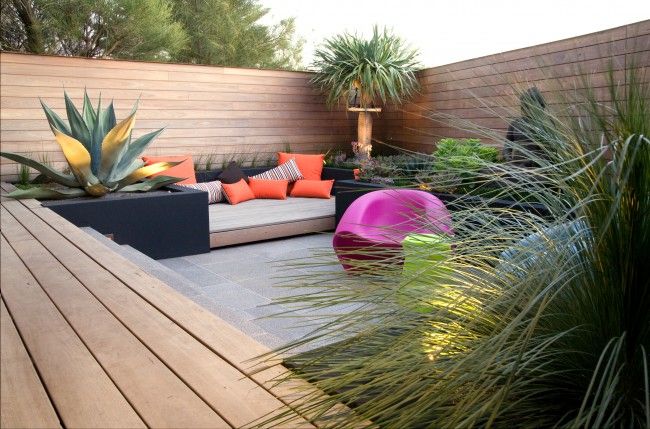
Introduction: Finding Peace in Your Own Backyard
In today’s fast-paced world, finding moments of tranquility can feel like a luxury. The constant barrage of notifications, demands, and responsibilities can leave us feeling stressed, overwhelmed, and disconnected from ourselves. But what if you could create a personal oasis, a sanctuary of calm right in your own backyard? Designing a meditative outdoor area is not just about landscaping; it’s about crafting a space that invites peace, encourages mindfulness, and fosters a deeper connection with nature.
This guide will walk you through the essential steps of designing your own meditative outdoor area, from initial planning and site selection to incorporating specific elements that promote relaxation and well-being. Whether you have a sprawling garden or a small balcony, you can transform any outdoor space into a haven of serenity.
1. Defining Your Intention and Vision
Before you even start thinking about plants or furniture, take some time to clarify your intention for the space. What do you hope to achieve by creating a meditative outdoor area? Are you seeking a place for quiet contemplation, a space for yoga and stretching, or simply a tranquil spot to unwind after a long day? Understanding your goals will help you make informed decisions about the design and layout of your space.
Ask Yourself These Questions:
- What kind of activities do I envision myself doing in this space?
- What feelings do I want the space to evoke? (e.g., peace, calm, joy, connection)
- What are my personal preferences in terms of aesthetics and style? (e.g., minimalist, naturalistic, Zen-inspired)
- What is my budget for this project?
Once you have a clear understanding of your intention, you can start visualizing your ideal meditative outdoor area. Gather inspiration from magazines, websites, and other sources that resonate with you. Create a mood board or a Pinterest board to capture the colors, textures, and overall atmosphere you want to create. This will serve as a visual guide throughout the design process.
2. Site Selection and Assessment
The location of your meditative outdoor area is crucial. Consider factors such as sunlight, privacy, noise levels, and existing landscape features. Ideally, you want to choose a spot that is relatively secluded, receives ample sunlight (but not too much harsh afternoon sun), and offers some natural protection from wind and noise.
Evaluating Your Space:
- Sunlight: Observe how the sun moves across your yard throughout the day. Consider the amount of shade provided by trees, buildings, and other structures.
- Privacy: Assess the level of privacy in different areas of your yard. Are you exposed to neighbors, street traffic, or other distractions?
- Noise Levels: Identify sources of noise pollution, such as traffic, construction, or nearby businesses.
- Existing Landscape: Take inventory of existing trees, shrubs, and other plants. Consider how you can incorporate these elements into your design.
- Soil Conditions: Check the soil type and drainage in your chosen area. This will influence your plant selection.
If you have limited space, don’t despair. Even a small balcony or patio can be transformed into a meditative oasis. Consider using screens, trellises, or potted plants to create privacy and block out unwanted noise and views. Vertical gardening can also be a great way to maximize space and add a touch of greenery.
3. Incorporating Natural Elements
Nature is inherently calming and restorative. Incorporating natural elements into your meditative outdoor area is essential for creating a sense of peace and tranquility. This can include plants, water features, rocks, and natural materials like wood and stone.
Plants:
Choose plants that are known for their calming properties, such as lavender, chamomile, rosemary, and bamboo. Consider the colors, textures, and scents of different plants. Soft, muted colors and gentle fragrances tend to be more relaxing than bright, vibrant hues and overpowering scents. Also, think about the maintenance required for each plant. Opt for low-maintenance varieties if you don’t have a lot of time to dedicate to gardening.
- Lavender: Known for its calming fragrance and beautiful purple flowers.
- Chamomile: A soothing herb that can be used to make tea.
- Rosemary: A fragrant herb that is believed to improve memory and concentration.
- Bamboo: Provides privacy and creates a sense of enclosure.
- Japanese Maple: Offers beautiful foliage and a graceful form.
- Ferns: Add a touch of lush greenery and thrive in shady areas.
Water Features:
The sound of water is incredibly soothing and can help to mask unwanted noise. Consider adding a small fountain, a birdbath, or a pond to your meditative outdoor area. Even a simple bowl of water with floating flowers can create a sense of tranquility.
- Fountains: Available in a wide variety of styles and sizes, from small tabletop fountains to large freestanding fountains.
- Birdbaths: Attract birds to your garden and provide a source of water for them.
- Ponds: Create a natural ecosystem and attract wildlife.
- Waterfalls: Add a dramatic touch and create a soothing sound.
Rocks and Stones:
Rocks and stones can add a sense of grounding and stability to your meditative outdoor area. Use them to create pathways, borders, or focal points. Choose rocks that are smooth and rounded, rather than sharp and jagged.
- River Rocks: Smooth, rounded rocks that are perfect for creating pathways or borders.
- Flagstones: Flat stones that can be used to create patios or walkways.
- Boulders: Large rocks that can be used as focal points or seating.
- Gravel: Adds texture and drainage to your garden.
Natural Materials:
Use natural materials like wood, stone, and bamboo for furniture, decking, and other structures. These materials blend seamlessly with the natural environment and create a sense of warmth and authenticity. Avoid using synthetic materials like plastic, which can feel cold and sterile.
- Wood: Use cedar, redwood, or teak for decking, furniture, and fencing.
- Stone: Use flagstone, slate, or granite for patios, walkways, and walls.
- Bamboo: Use bamboo for fencing, screens, and furniture.
4. Creating Comfortable Seating and Shelter
Your meditative outdoor area should be a comfortable and inviting space where you can relax and unwind. Choose seating that is comfortable and supportive, and consider adding some form of shelter from the sun and rain.
Seating:
Opt for seating that is ergonomic and encourages relaxation. Consider using cushions, pillows, and blankets to add comfort and warmth. Hammocks, rocking chairs, and lounge chairs are all great options for a meditative outdoor area.
- Hammocks: Provide a comfortable and relaxing place to rest.
- Rocking Chairs: Create a gentle, rhythmic motion that is soothing and calming.
- Lounge Chairs: Allow you to recline and stretch out.
- Benches: Provide seating for multiple people and can be placed along pathways or under trees.
- Meditation Cushions: Provide comfortable support for seated meditation.
Shelter:
Provide some form of shelter from the sun and rain to make your meditative outdoor area more usable year-round. This could be a pergola, a gazebo, an umbrella, or even a large tree.
- Pergolas: Provide partial shade and can be covered with climbing plants for added beauty.
- Gazebos: Offer full protection from the sun and rain.
- Umbrellas: Provide portable shade and can be easily moved as needed.
- Trees: Provide natural shade and create a sense of enclosure.
5. Incorporating Sensory Elements
Engage your senses to deepen your experience of your meditative outdoor area. Consider incorporating elements that stimulate your sense of sight, sound, smell, and touch.
Sight:
Use color, texture, and light to create a visually appealing space. Choose plants with interesting foliage, flowers, and bark. Add sculptures, wind chimes, or other decorative elements that catch the eye. Use lighting to create a warm and inviting atmosphere in the evening.
Sound:
Incorporate sounds that are calming and relaxing, such as the sound of water, wind chimes, or birdsong. Avoid loud or jarring noises, such as traffic or construction.
Smell:
Choose plants with fragrant flowers or foliage, such as lavender, rosemary, jasmine, and honeysuckle. Use essential oil diffusers or incense to add a subtle fragrance to the air.
Touch:
Incorporate textures that are pleasing to the touch, such as smooth stones, soft moss, and velvety leaves. Use natural materials like wood and stone for furniture and pathways.
6. Minimizing Distractions
One of the keys to creating a meditative outdoor area is to minimize distractions. This means reducing noise pollution, blocking out unwanted views, and creating a sense of privacy.
Noise Reduction:
Use barriers like fences, walls, or hedges to block out noise from traffic, neighbors, or other sources. Consider adding a water feature to mask unwanted noise.
Visual Barriers:
Use screens, trellises, or potted plants to block out unwanted views and create a sense of privacy.
Decluttering:
Keep your meditative outdoor area clean and uncluttered. Remove any unnecessary items that could be distracting or visually jarring.
7. Adding Personal Touches
Make your meditative outdoor area your own by adding personal touches that reflect your unique style and preferences. This could include artwork, sculptures, personal mementos, or anything else that brings you joy and peace.
Artwork:
Add sculptures, paintings, or other artwork that you find inspiring and uplifting.
Personal Mementos:
Display personal mementos that remind you of happy memories or meaningful experiences.
Spiritual Objects:
Incorporate spiritual objects that resonate with you, such as statues of Buddha, prayer flags, or crystals.
8. Maintaining Your Meditative Outdoor Area
Once you have created your meditative outdoor area, it’s important to maintain it regularly to keep it looking its best. This includes watering plants, weeding, cleaning furniture, and decluttering the space.
Watering Plants:
Water your plants regularly, especially during dry periods.
Weeding:
Remove weeds regularly to prevent them from taking over your garden.
Cleaning Furniture:
Clean your furniture regularly to remove dirt and grime.
Decluttering:
Declutter your space regularly to keep it clean and organized.
9. Using Your Space for Meditation and Mindfulness
Now that you have created your meditative outdoor area, it’s time to start using it for meditation and mindfulness practices. Set aside time each day to spend in your space, whether it’s for a few minutes or a few hours. Use this time to relax, unwind, and connect with nature.
Meditation:
Find a comfortable place to sit or lie down and focus on your breath. Let go of any thoughts or distractions that arise and simply observe your breath as it flows in and out of your body.
Mindfulness:
Pay attention to the present moment without judgment. Notice the sights, sounds, smells, and sensations around you. Appreciate the beauty of nature and the peace and tranquility of your space.
Yoga and Stretching:
Use your meditative outdoor area as a space for yoga and stretching. Practice gentle movements that help to release tension and improve flexibility.
10. Adapting Your Space Over Time
Your needs and preferences may change over time, so it’s important to be flexible and adapt your meditative outdoor area accordingly. Don’t be afraid to experiment with new plants, furniture, or decorative elements. The goal is to create a space that continues to inspire and uplift you for years to come.
Conclusion: Your Personal Sanctuary Awaits
Designing a meditative outdoor area is an investment in your well-being. It’s a way to create a personal sanctuary where you can escape the stresses of daily life, connect with nature, and cultivate inner peace. By following the steps outlined in this guide, you can transform any outdoor space into a haven of serenity that nourishes your mind, body, and soul. So, take the time to design your own meditative outdoor area and discover the transformative power of nature.
Remember that the most important aspect of creating a meditative space is to make it your own. Personalize it with elements that bring you joy, peace, and a sense of connection. Embrace the process and allow your creativity to flow. Your personal sanctuary awaits!
